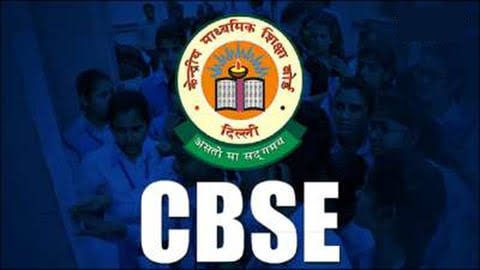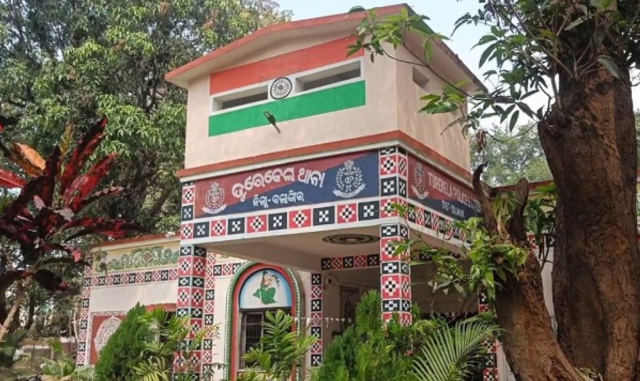The Indian Institute of Technology Madras (IIT Madras) and the Indian Space Research Organisation (ISRO) have successfully developed an indigenous semiconductor chip, named IRIS.
This development marks a significant advancement in India’s space program and semiconductor technology.
The IRIS chip, part of the Shakti series of microprocessors, is based on the open-source RISC-V Instruction Set Architecture (ISA). This breakthrough reduces India’s reliance on foreign semiconductor technology and demonstrates the country’s growing prowess in creating a complete semiconductor ecosystem.
Designed specifically for space applications, the IRIS chip features fault-tolerant internal memories and custom modules such as CORDIC and WATCHDOG Timers. It is tailored to meet the computing requirements of ISRO’s command and control systems, as well as other critical functions in space missions.
The entire development process, including chip design, fabrication, packaging, motherboard assembly, and software booting, was carried out within India. This collaboration between IIT Madras and ISRO showcases India’s capability to innovate and develop advanced technologies independently.
Prof. V. Kamakoti, the lead of the Shakti project at IIT Madras, emphasized the importance of using indigenous microprocessors for national security and strategic projects. He stated, “The microprocessor is the brain of any computing system. It should do what you want it to do and not do what you don’t want it to do.”
The open-source nature of the Shakti processor allows for greater flexibility and cost-effectiveness, enabling the use of old interfaces and reducing parts replacement costs. ISRO officials have expressed satisfaction with the microprocessor design and stress tests, and they will proceed with their own set of tests.
This achievement not only enhances India’s space capabilities but also paves the way for future indigenous innovations in space exploration. IIT-Madras had earlier revealed the development of concrete without water for the construction of structures on the Moon and Mars, further demonstrating India’s forward-thinking approach to space technology.




























